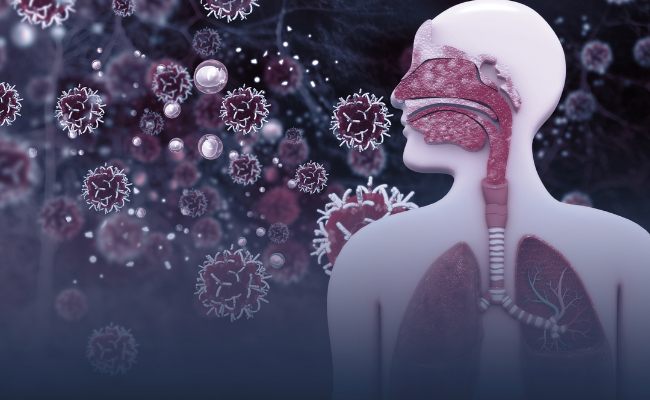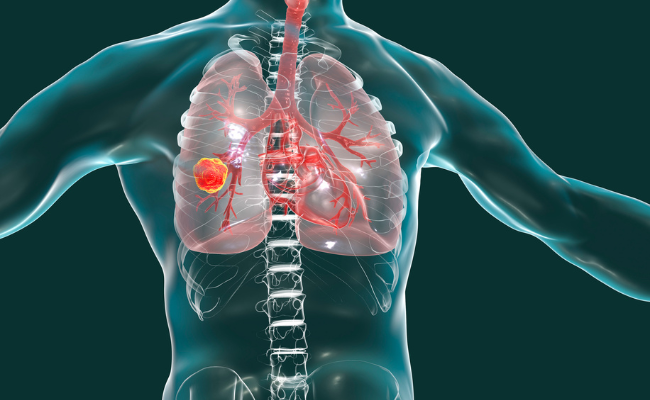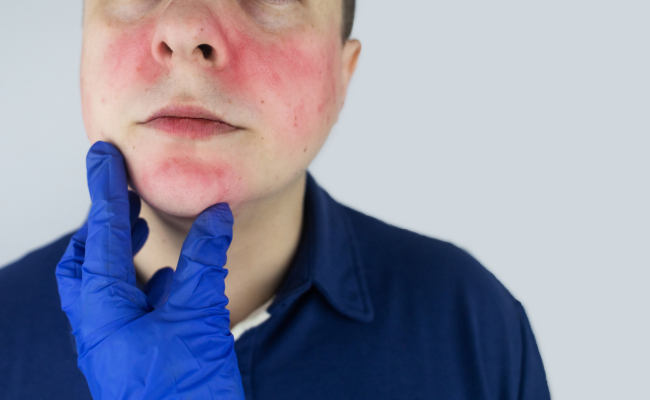How to Treat Hospital Acquired Pneumonia?
- January 12, 2024
- No Comments
What is Hospital-Acquired Pneumonia (HAP)?
Hospital-acquired pneumonia (HAP) remains a formidable challenge despite advancements in prevention and care. The focus here is on the treatment of both non-ventilator-associated HAP (nvHAP) and ventilator-associated pneumonia (VAP). While diagnosing and treating nvHAP involve a tailored approach, emphasizing prompt antibiotic therapy and non-pharmacological interventions, VAP poses unique challenges due to mechanical ventilation. Managing VAP requires a multidisciplinary strategy, involving careful antibiotic selection and rigorous infection control measures. Common to both is the significance of vaccination programs, hand hygiene, and patient-specific risk factor mitigation. Integrating pharmacological and non-pharmacological interventions in a comprehensive approach is essential for addressing the complexities of HAP, contributing to improved patient outcomes and sustained advancements in patient safety.
Why is Hospital-Acquired Pneumonia a Concern?
HAP poses a significant threat to patients, particularly those who are already dealing with underlying health conditions or weakened immune systems. The risk of acquiring pneumonia increases during hospital stays due to various factors such as exposure to pathogens, prolonged bed rest, and the use of invasive medical procedures. Additionally, bacteria and viruses present in healthcare settings may be more resistant to antibiotics, making treatment challenging.
How does Hospital-Acquired Pneumonia Occur?
Understanding the mechanisms behind HAP is crucial for both healthcare professionals and patients. The main pathways leading to HAP involve the aspiration of contaminated secretions into the lungs, colonization of the respiratory tract, and the use of mechanical ventilation. Patients on ventilators are particularly susceptible, as the tubes can provide a direct route for bacteria to enter the lungs.
Treatment Solutions for Hospital-Acquired Pneumonia
Antibiotic Therapy:
- Antibiotics are the cornerstone of HAP treatment. The choice of antibiotic depends on the specific pathogen responsible for the infection and its susceptibility to different drugs.
- Timely treatement of appropriate antibiotics is crucial to prevent the progression of pneumonia and improve patient outcomes.
Infection Control Measures:
- Strict adherence to infection control protocols, including hand hygiene, isolation precautions, and the use of personal protective equipment, is vital in preventing the spread of infectious agents within healthcare facilities.
Vaccination Programs:
- Vaccination against preventable respiratory infections, such as influenza and pneumococcal pneumonia, can significantly reduce the risk of HAP.
- Encouraging healthcare workers and eligible patients to receive vaccinations is a proactive approach to prevent the occurrence of pneumonia.
Benefits of Proactive HAP Management
- Improved Patient Outcomes: Proactive management of HAP ensures timely diagnosis and treatment, leading to improved patient outcomes.
- Reduced Antibiotic Resistance: Implementing proactive measures, including judicious antibiotic use through stewardship programs, helps curb the development of antibiotic resistance.
- Enhanced Quality of Care: A proactive approach to HAP management aligns with broader initiatives to improve the overall quality of healthcare services.
- Prevention of Complications: Proactive measures, such as early mobilization and rehabilitation for hospitalized patients, contribute to the prevention of complications associated with HAP.
- Public Health Impact: Beyond individual patient care, proactive HAP management has a positive impact on public health.











Comments (0)
No comments yet